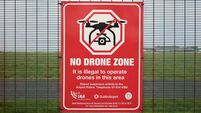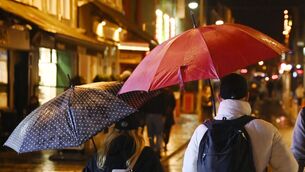UNESCO recognises hurling and camogie as 'intrinsic parts of Irish culture'

Hurling and camogie have been recognised by UNESCO as protected cultural activities.
The ancient games were inscribed on the Representative List of the Intangible Cultural Heritage of Humanity today.













